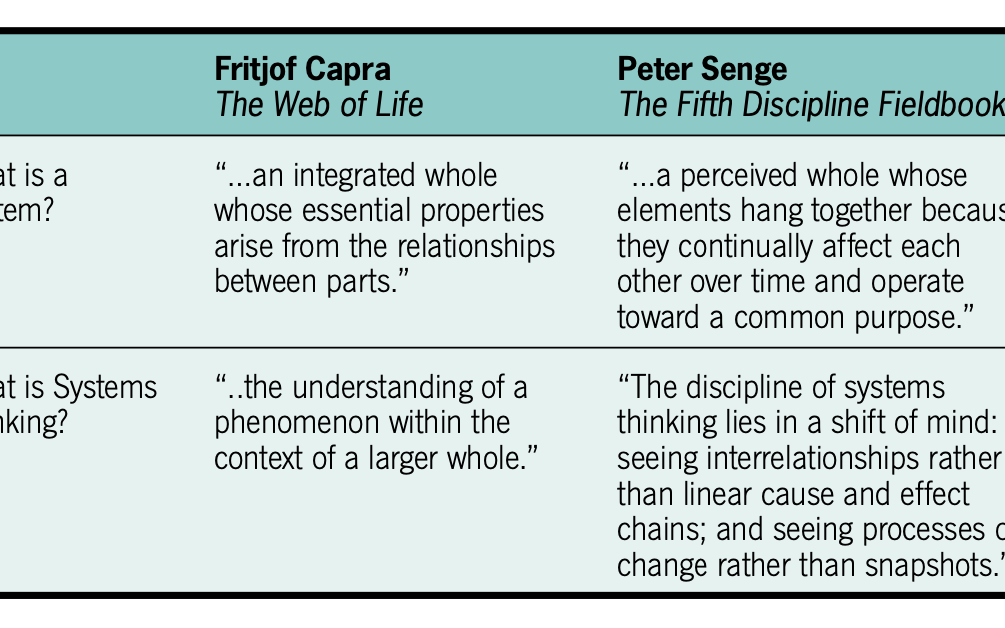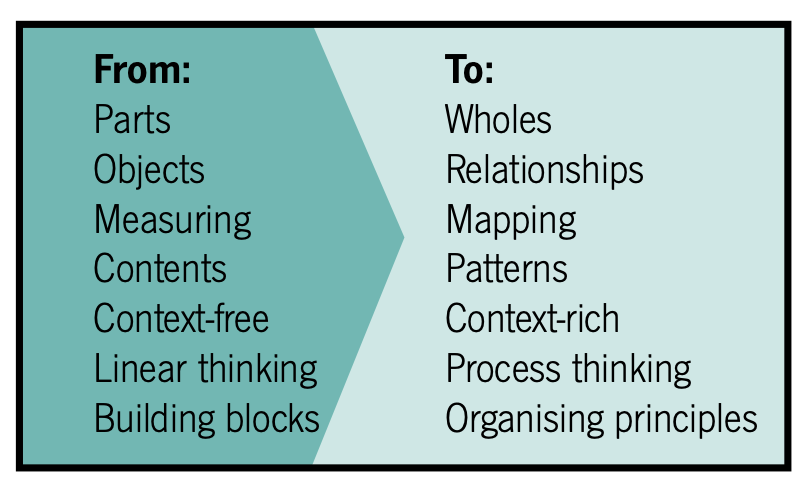Humpty Dumpty, Systems & Constellations
9th March 2020
I’ve been following with interest and enjoyment the recently emerging literature on systemic coaching and systemic team coaching. As a Constellations practitioner and teacher for the last twenty years, the systemic orientation at the heart of this work has shaped my whole practice.
Yet while systems thinking and systemic approaches are finally gaining currency and credibility with coaches and our clients, people new to systemic organisational development are often confused by the diversity of thinking and the difference of emphasis among experts in this field. For example, are writers talking about open or closed systems? Is Complexity Theory the same thing as Systems Theory? What is the difference between systems and fields? My brother-in-law last week told me that he is being taught about systems in his accountancy work: but he was surprised by my very different systemic philosophy, which would not work for him in his process re-engineering context. As far as systemic work goes, it’s a Humpty-Dumpty world – words can mean whatever we want them to mean.

It is certainly the case that most systemic practitioners share common ground. We strive to see wholes rather than isolated parts and we prioritise looking at the relationships and interactions between these parts. We also have a shared interest in working with patterns of acting, relating and communicating rather than working with behaviour or content that is more decontextualised. We actively cultivate contextual awareness and look for invisible dynamics - knowing that open systems do not behave in linear, cause-and-effect, mechanistic ways (having so many leadership development workshops cancelled in the last two weeks and being unable to buy loo-roll because of a flu virus is a perfect illustration of quantum non-locality – the unintended consequences of action-at-a-distance).

Within this range of similarities, I think that it is worth clarifying that Constellations is different in a number of its systemic perspectives:
- More than other systemic approaches, Constellations works with embodiment. We draw extensively on visceral experience to move beyond ideology so that we work with embodied awareness. For constellations practitioners, the body itself is the most intimate of systems – made of respiratory, circulatory, lymphatic, digestive and other systems. Our bodies are also born in to family systems which are parts of community systems, which also include organisational systems which themselves are subject to political, economic and other systems in a ‘nested’ way and all of these natural and social systems depend upon the ecosystem which we are always a part of, and never apart from. To be human is to be systemic.
- The way of working with our systemic embodiment that is unique to Constellations – the methodology of mapping through placing representatives in a workshop space – also differentiates this work. These representatives illuminate a living field – an invisible region of influence – that is seen to be ordered. While we do not yet know how this ‘knowing field’ holds information about the systems we are representing, countless clients testify to the fact that systemic information is encoded and revealed though our bodies. The knowing field and the knowing body are the same thing.
- Constellations theory also points to the existence of natural ordering forces in human systems. Originally called ‘Orders of Love’, these systemic ordering principles – of Time, Place, Belonging, Exchange and Acknowledgement – provide a means of diagnosing difficulties and restoring healthy flow in human systems.
- In addition, Constellations provides invaluable perspectives on our membership of and belonging to family, organisational and social systems. The theory of different ‘Consciences’ – levels of belonging that produce and perpetuate powerful hidden loyalties in systems – is also unique to this work.
- Bert Hellinger, who founded Constellations, also innovated in identifying that we not only have primary and secondary emotions, but also systemic emotions. Psychodynamic Psychology had already identified two different kinds of feelings – primary emotions which are authentic, spontaneous responses to situations and secondary emotions which are substitute emotions that seem more socially acceptable. Hellinger noticed that some emotions are not so personal and individualistic but seem to belong to our place in a system – which he called systemic emotions which we seem to carry blindly for other people in the system, at great cost to ourselves.
- The poet David Whyte once said that the language we use in organisations is too impoverished for what deeply meaningful work calls forth from us. In Constellations we combine scientific and poetic lexicons – we use the language of the head but also of the heart. This allows us to reach differently into the depth of human experience and shift the stories that limit us – the self-narratives that we have allowed to define us too narrowly.
I think these distinguishing features of Constellations work are worth noting – not only to acknowledge the uniqueness of this work, but also because our interventions are stronger and can be used more effectively when we use terms and the methodologies they represent, with precision and understanding.